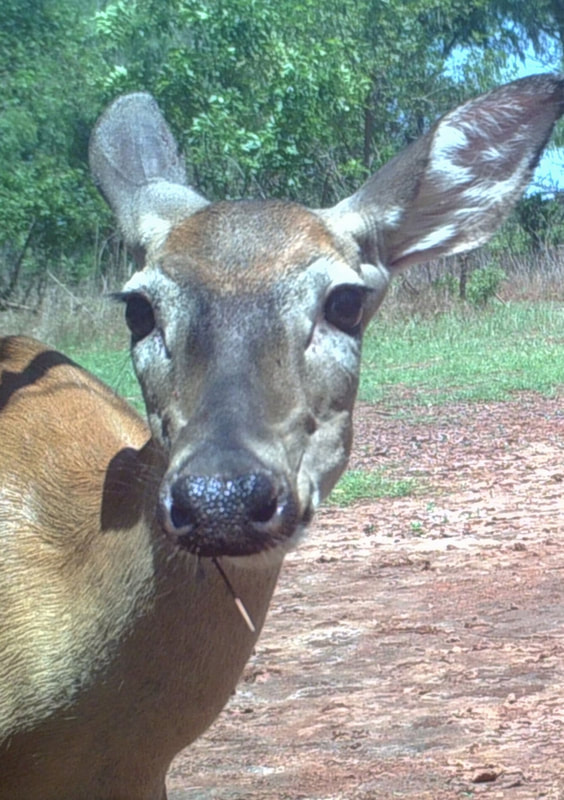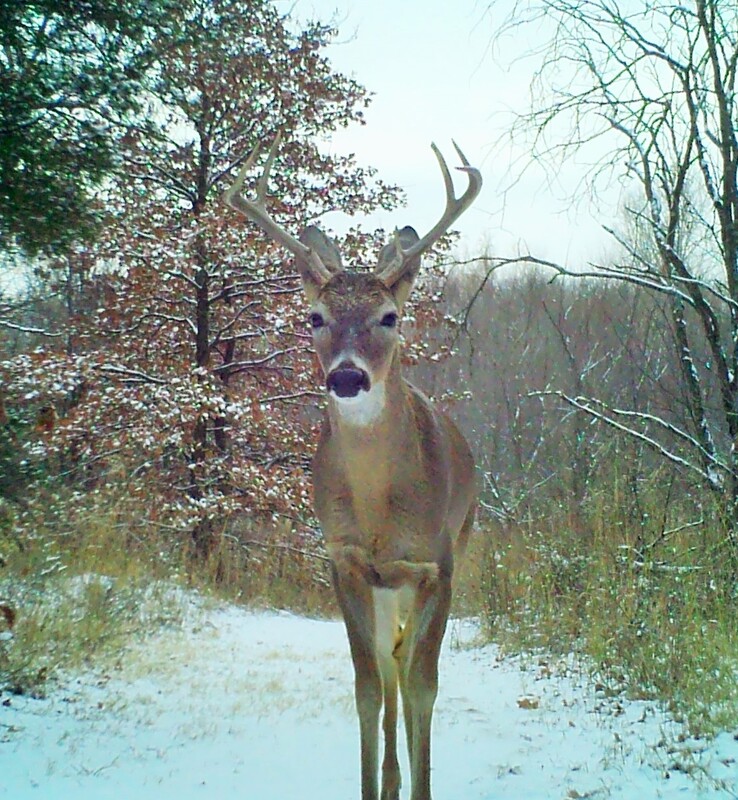
Animals know that it's easier to walk a trail, just like humans, so look for a place that already has a lot of animal tracks. Also, put the camera facing North or South so you won't get the sunrise and sunset glare. As tempting as it is to put the camera at eye level, a few feet from the ground will probably work best. You're not looking for things that stand six feet tall.
If you set your trail camera on video, be aware that the batteries will drain fast. The time it will take you to look through those videos is longer too.
Expect to take a hundred photos for one good one, or more. That's a conservative estimate. It might be more fun to put the camera near a bird feeder at first so you can decide if it's worth it.
If you decide you enjoy the cameras, think of investing in several. With three cameras, and a space of three days between changing the card, you can have quite a few pictures with less time maintaining the cameras. Each time you buy a camera, buy two cards, so you can switch the cards as you walk through the woods or back yard. Then, when you're in the house, you can view them on the computer.
You can buy a viewer, but I've decided against it. And you can spend more, and have the pictures sent to your computer. But, the most important thing you'll need is patience.
Start simple. See if you like it and have enough nature to keep you interested. You might discover that you have a thriving community of animals that roam your yard after dark



















 RSS Feed
RSS Feed

